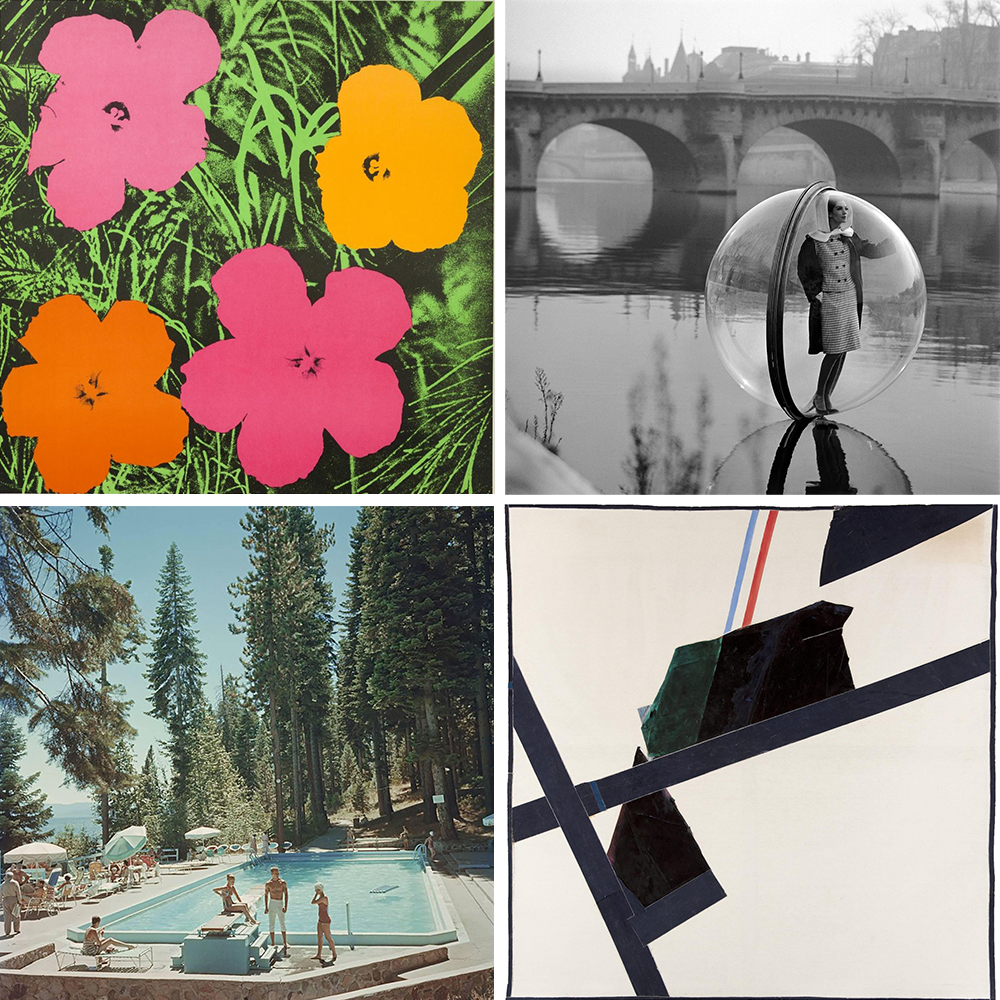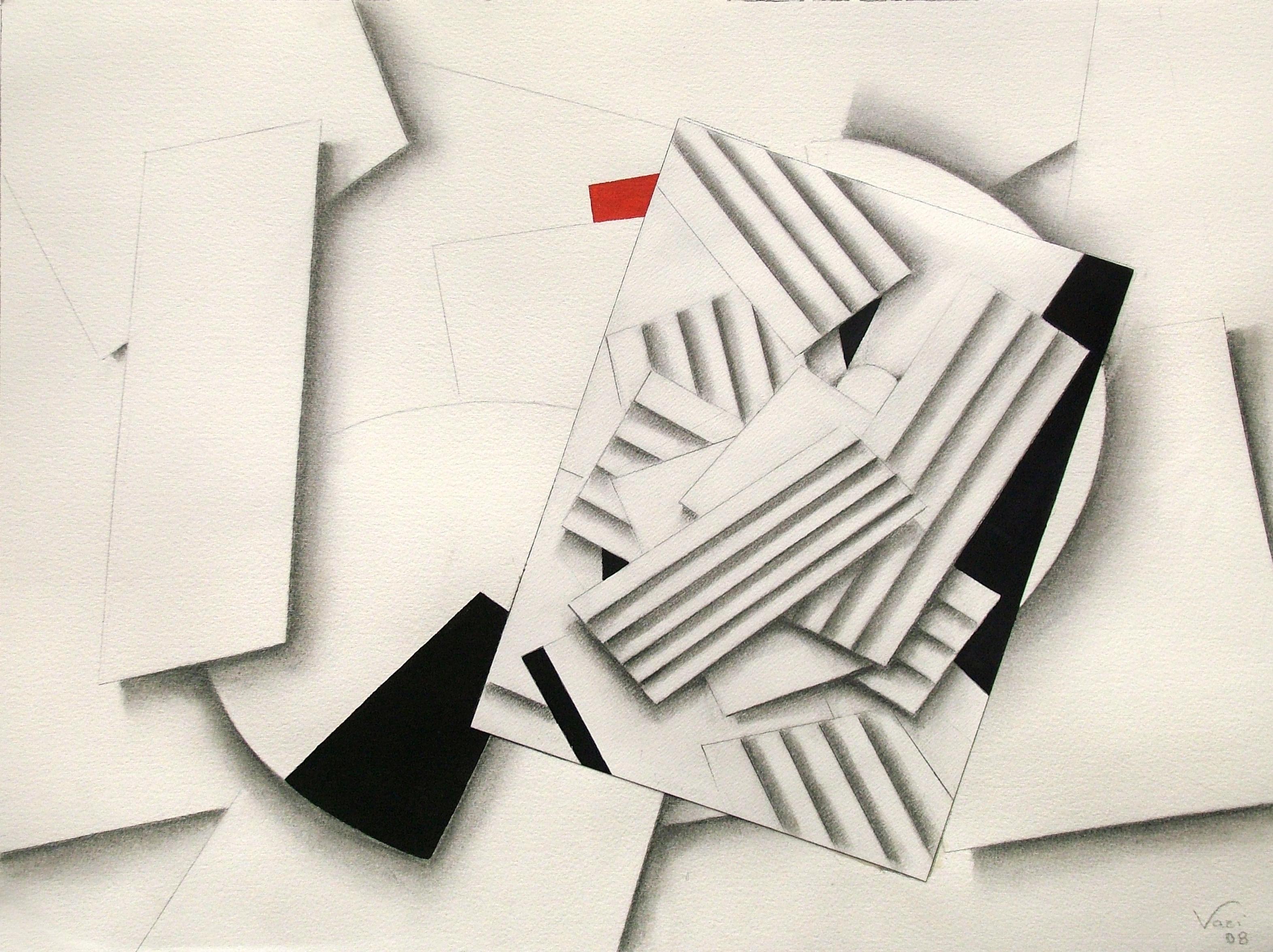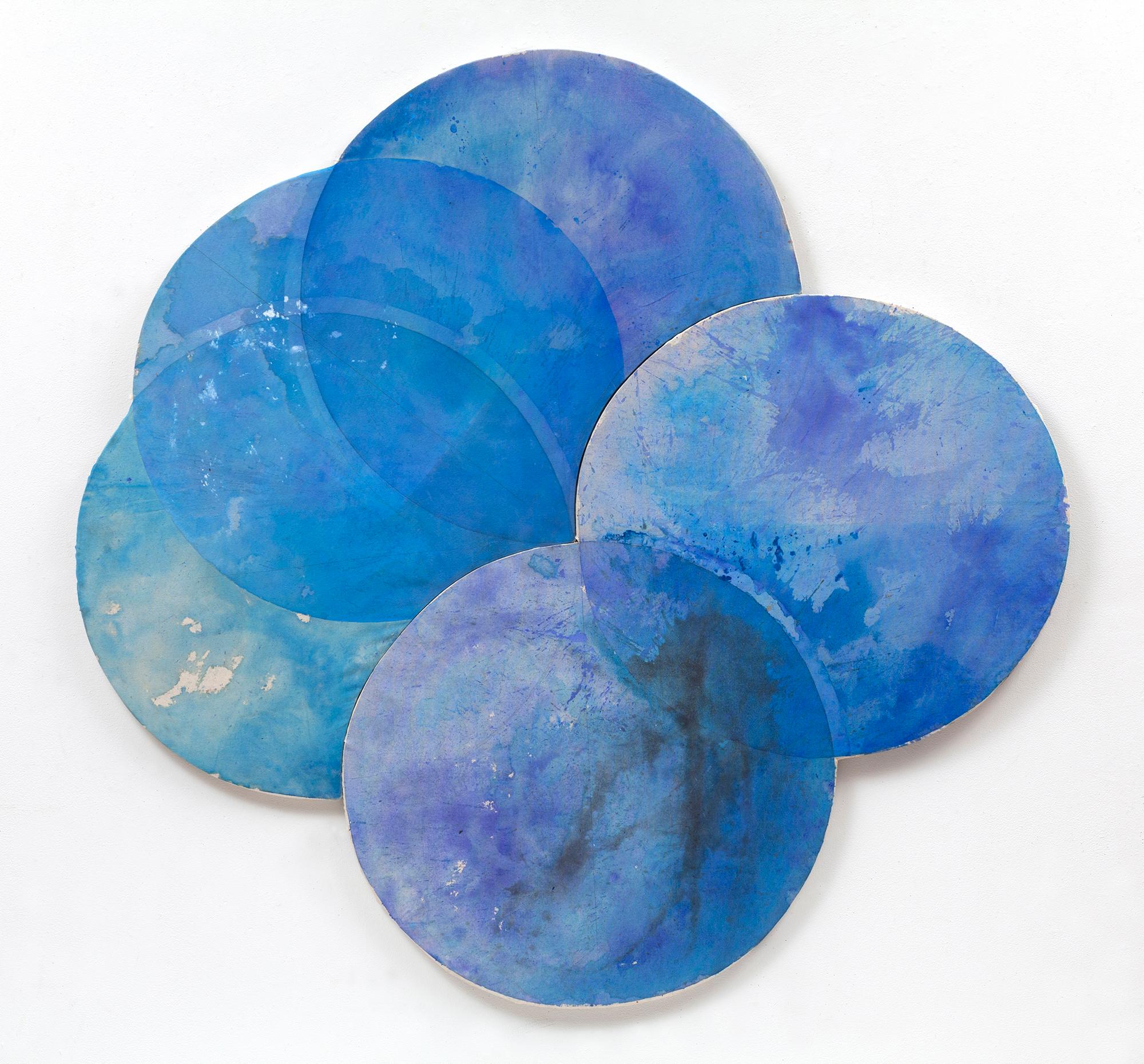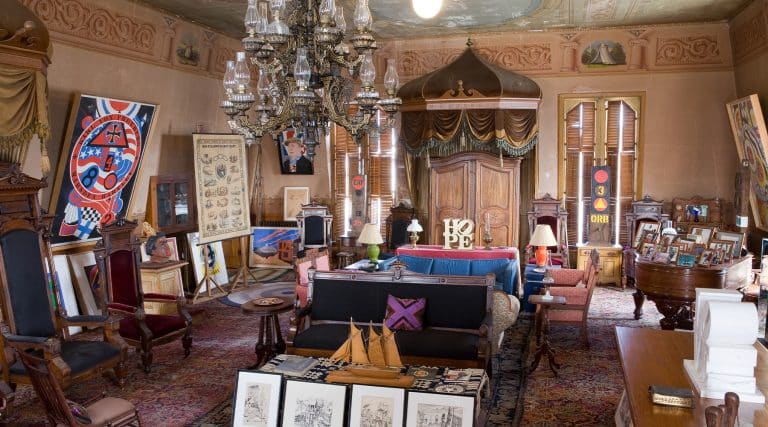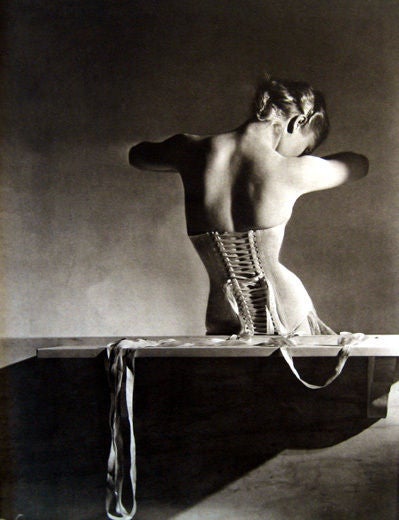
May 23, 2021Art associations are best known for the prestige and visibility they bring to their member dealers. But these nonprofit organizations impact collectors as well. They devote significant resources to fostering connoisseurship and scholarship in the visual arts, while also providing a pipeline of knowledge to buyers and art enthusiasts. And they function as a trusted touchstone in a marketplace that is not always transparent.
“The art market is a self-regulating industry,” says Jenny Gibbs, executive director of the International Fine Print Dealers Association (IFPDA). “So, it’s really important that we have these groups of professionals who are invested in establishing and maintaining the best practices so that there can be a level of trust among collectors.”
Such reputability is especially crucial in a global digital marketplace. “Anyone today can build a nice-looking website, but that does not mean that what they sell is credible,” says Susan Mumford, founder and CEO of the Association of Women Art Dealers (AWAD). “If you are part of a trade association that has a robust vetting process and a code of conduct, and it does undertake reviews as needed, that really means it’s someone who can be trusted.”
Membership in each of the five esteemed art associations represented on 1stDibs — in addition to the IFPDA and AWAD, there’s the Art Dealers Association of American (ADAA), the Association of International Photography Art Dealers (AIPAD) and the Society of London Art Dealers (SLAD) — is subject to rigorous scrutiny and the approval of fellow member dealers, who are all invested in maintaining a high level of quality in the association.
“There is no better accreditation than one’s collegial associates,” says dealer and ADAA president Anthony Meier.
SLAD’s director general, Christopher Battiscombe, agrees. “Dealers want to be with others who they think are on their level. They don’t want to be in the wrong company,” he says, noting that membership in SLAD — as in all these associations — is twofold. “It’s about honesty, for one, and also knowledge and understanding of what they are doing.”
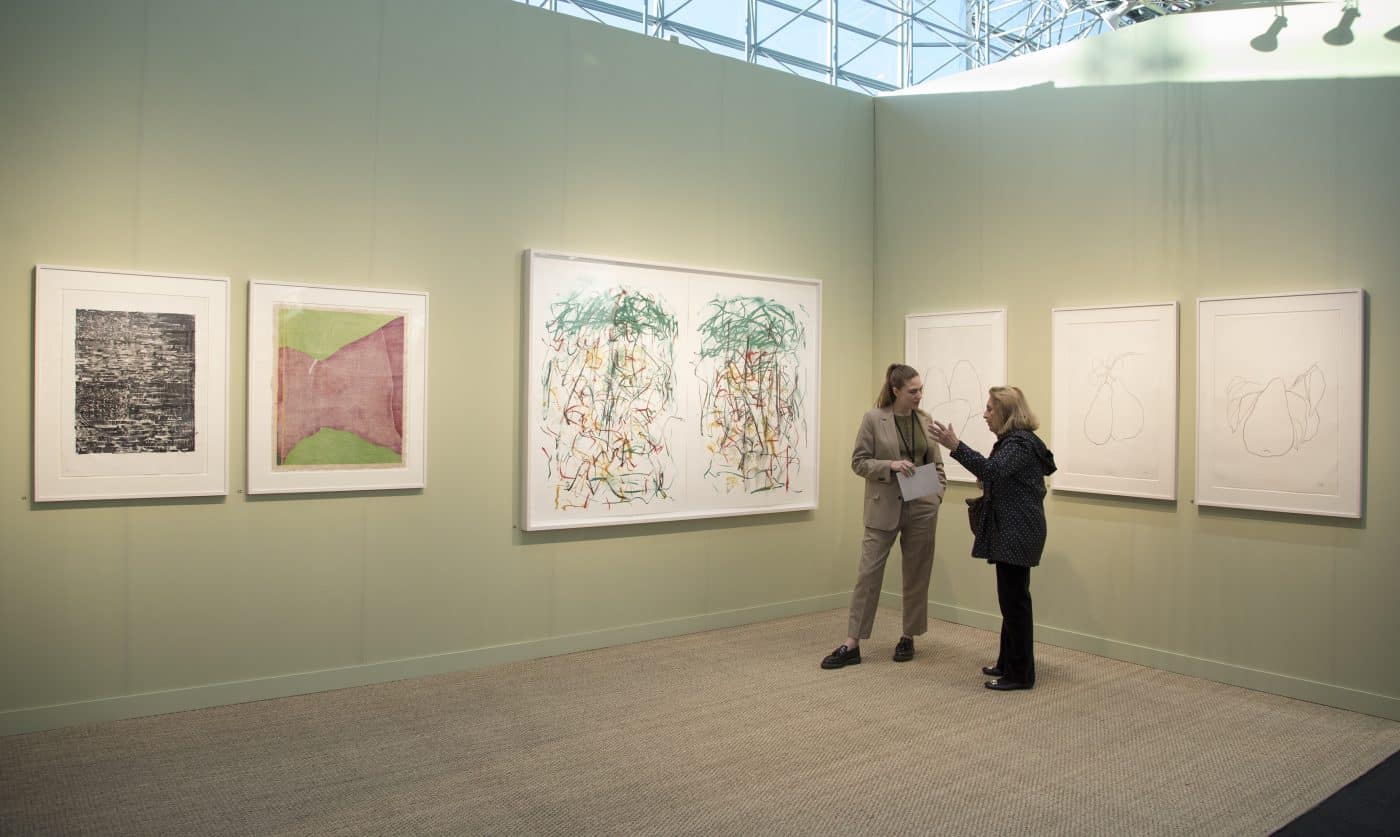
For collectors, those art association acronyms provide peace of mind that particular sellers are respected in their community, not only for their business practices but also for their art expertise and devotion to their specialty. Being inducted into AIPAD, for instance, “is about ethics, but also about what a dealer shows, their commitment to photography and the level of care they bring to it,” explains photography dealer and AIPAD president Michael Lee.
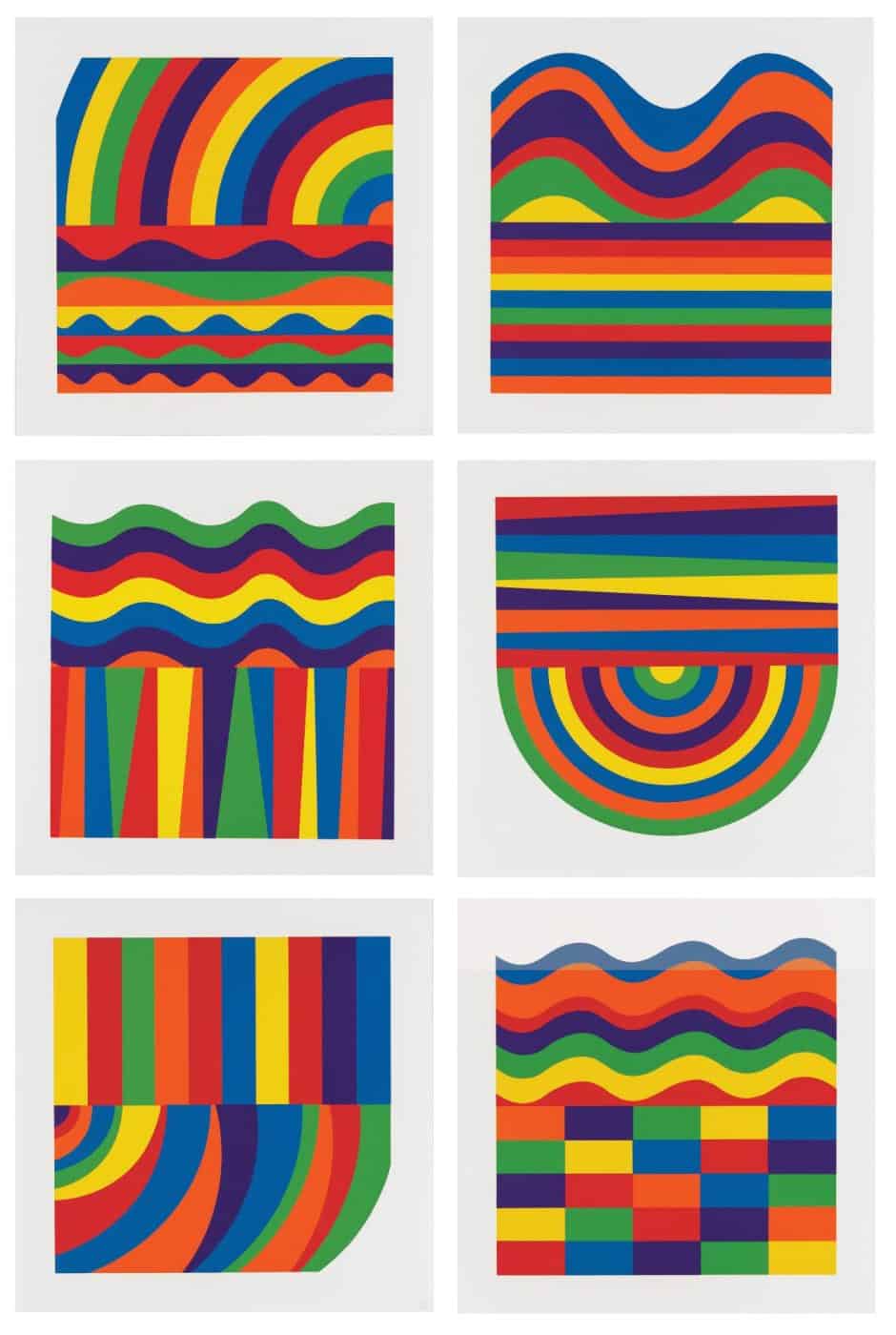
That commitment to the field is the glue that holds these communities of dealers together. While, by many measures, dealers are in fierce competition with one another, under the umbrella of the association, they are collaborators. “What art associations do is a great example of what’s called ‘coopetition’ — one of my favorite words in the field of business — a combination of competition and cooperation,” says AWAD’s Mumford, who explains that her dealer members are in regular communication with one another, sharing their experiences, recommendations and ideas.
AIPAD’s community of dealers also acts as a repository of crowdsourced knowledge and information. “There are so many aspects about photography that add to its story and its value — the type of print, which chemicals were used to produce it, when the prints were made,” Lee says. “In the past, they didn’t keep records the same way we do today, and there is no encyclopedia for this, no rule book. So, having this collective of dealers who have all of this knowledge is really important.”
Art associations play a critical role in the fun stuff as well. It is in their DNA to ensure that their dealer members have platforms for presenting their inventory and expertise to the wider public, whether through art fairs, social media, blogs, panel discussions or webinars.
“We have an educational committee that addresses current needs and realities in the field,” says Lee. “It brings together dealers, curators and artists, and there is tremendous interest in these talks. Every one of them sells out.” A recent virtual talk had curators discussing the issues they faced when curating shows dedicated to women photographers.
Just as important are the opportunities for dealers to expand their own knowledge. For one of its recent webinars, for instance, AWAD invited an interior designer to talk about the relationship between art and interior design. “It was a play on what comes first, like the chicken or the egg,” Mumford says. “We also just had a panel discussion looking at art appraising.” Information gleaned through those avenues inevitably helps shape a buyer’s experience.
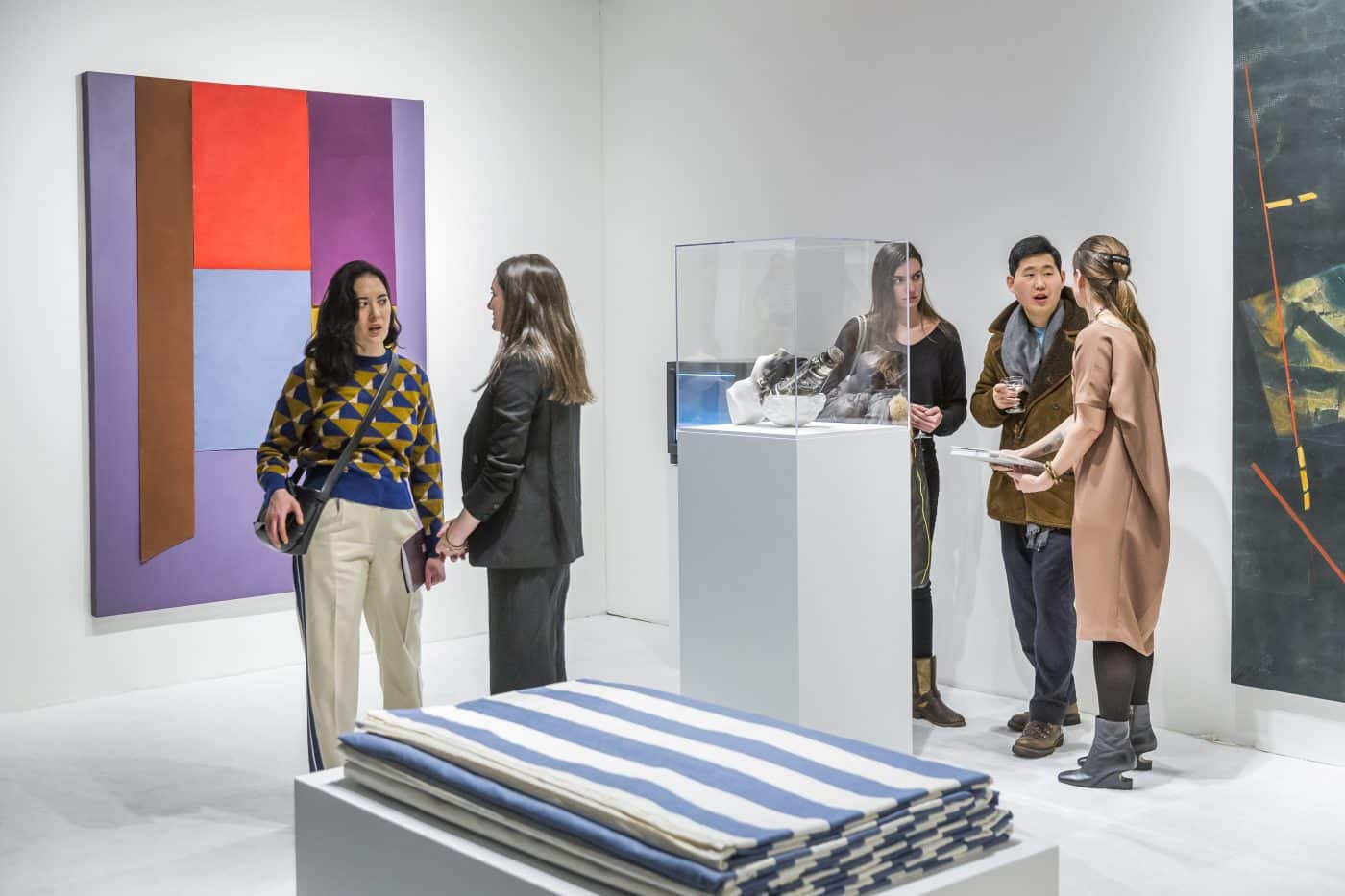
In the early days of the pandemic last year, as galleries shuttered, art associations enabled their members to pivot quickly with assistance ranging from shepherding them through important paperwork and advocating for an earlier reopening schedule to moving art fairs online. Although the ADAA and IFPDA both plan to hold fairs in person in New York this fall, their help with transitioning to a digital space was not just a matter of urgency but a new way to amplify their presence and draw attention to dealers.
The IFPDA organized an entire month of programming around its online fair last October. “It just blew us out of the water in terms of our expectations for participation. Some of our webinars had seven hundred attendees from around twenty countries,” Gibbs says. “In some ways, the switch to digital has been a windfall in terms of visibility for the IFPDA and the market in general.”
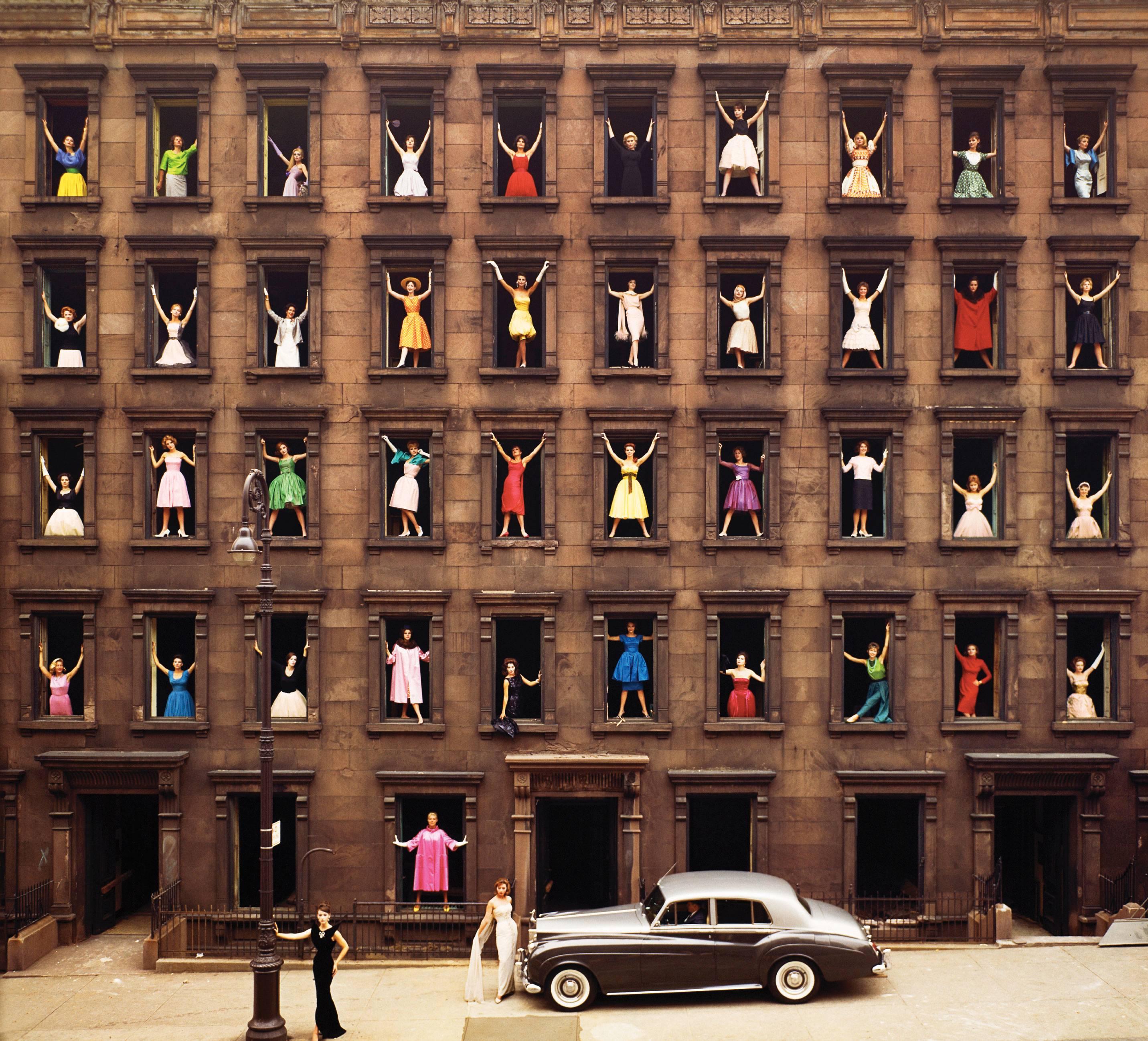
While these public-facing endeavors might draw the most attention, art associations are also hard at work behind the scenes providing counsel and advice on issues that inevitably trickle down to the collector, from choosing shippers to complying with new laws and tax codes. “As a small-business person, how else do you find out about these things that you’re beholden to?” ADAA executive director Maureen Bray asks.
She cites her association’s guidance on cybersecurity, as well as its instruction on new anti-money-laundering legislation in the United Kingdom and European Union — an issue that SLAD and AWAD are also walking their dealers through.
In some cases, associations have significantly impacted legislation affecting their members. When New York dealers faced uncertainty about their place in the state’s phased reopening plan, for instance, the ADAA reached out to lawmakers in Albany to make it clear that galleries should be considered retail establishments rather than cultural institutions and therefore subject to an earlier reopening schedule. “That really helped our dealer members,” Bray recalls. “And nonmember dealers, too.”
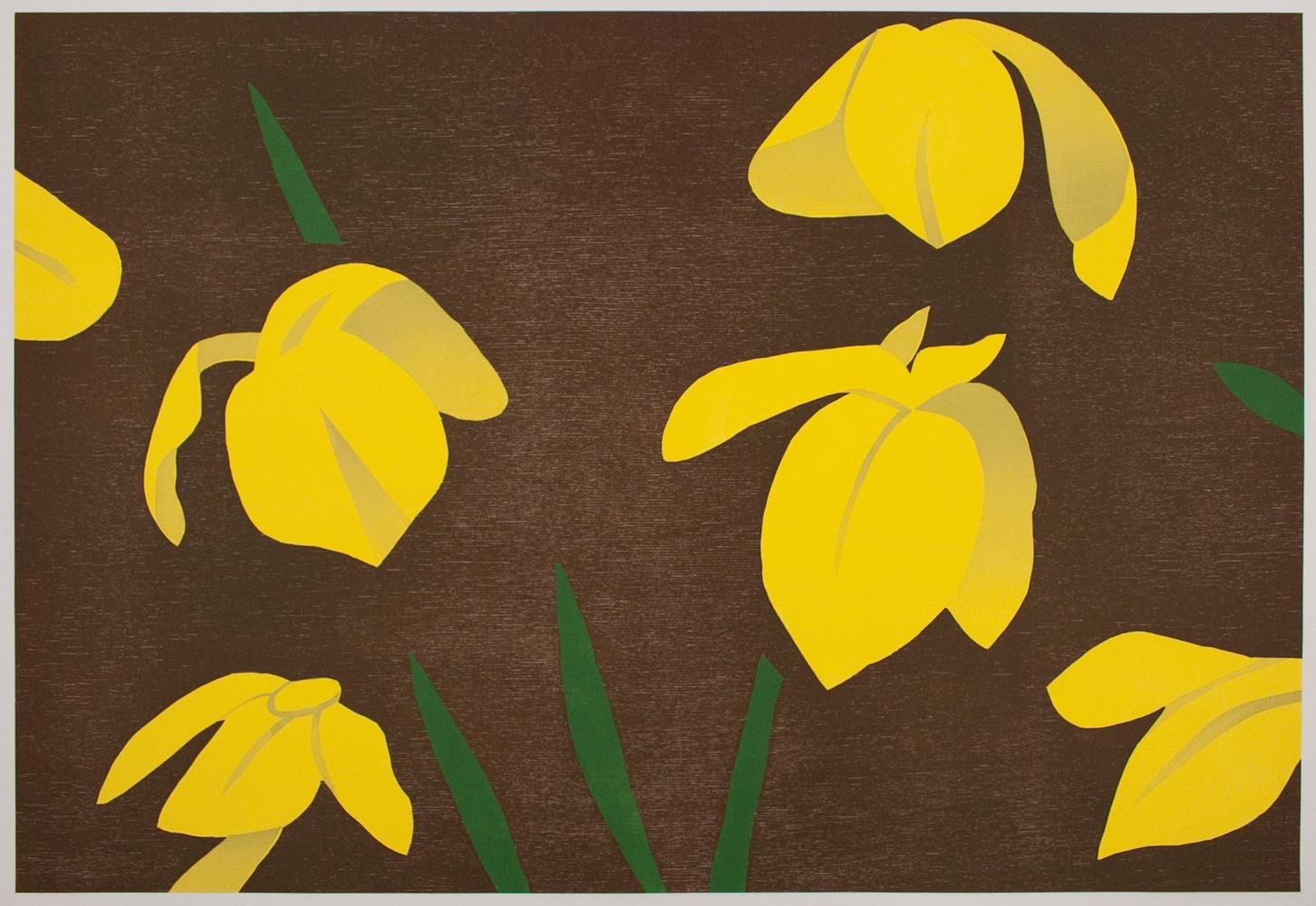
Across the pond in London, SLAD built a case to ensure that dealers in need obtained business-rates relief — a break on local taxes for retail establishments. “We can negotiate together where they can’t individually,” says Battiscombe.
Even in flush times, art associations have a collective clout that single gallerists would not have. “Dealers,” Battiscombe concludes, “have learned that there is strength in having this concerted body speaking up for them.”
Top image (clockwise from upper left): Flowers, 1965, by Andy Warhol, offered by Susan Sheehan Gallery, a member of ADAA and IFPDA; On the Seine, 1963, by Melvin Sokolsky, offered by Staley-Wise Gallery, a member of AIPAD; Clodgy — St. Ives, 1996, by Sandra Blow, offered by Huxley-Parlour, a member of SLAD and AIPAD; Pool at Lake Tahoe, 1959, by Slim Aarons, offered by Undercurrent ProjectS, a member of AWAD
